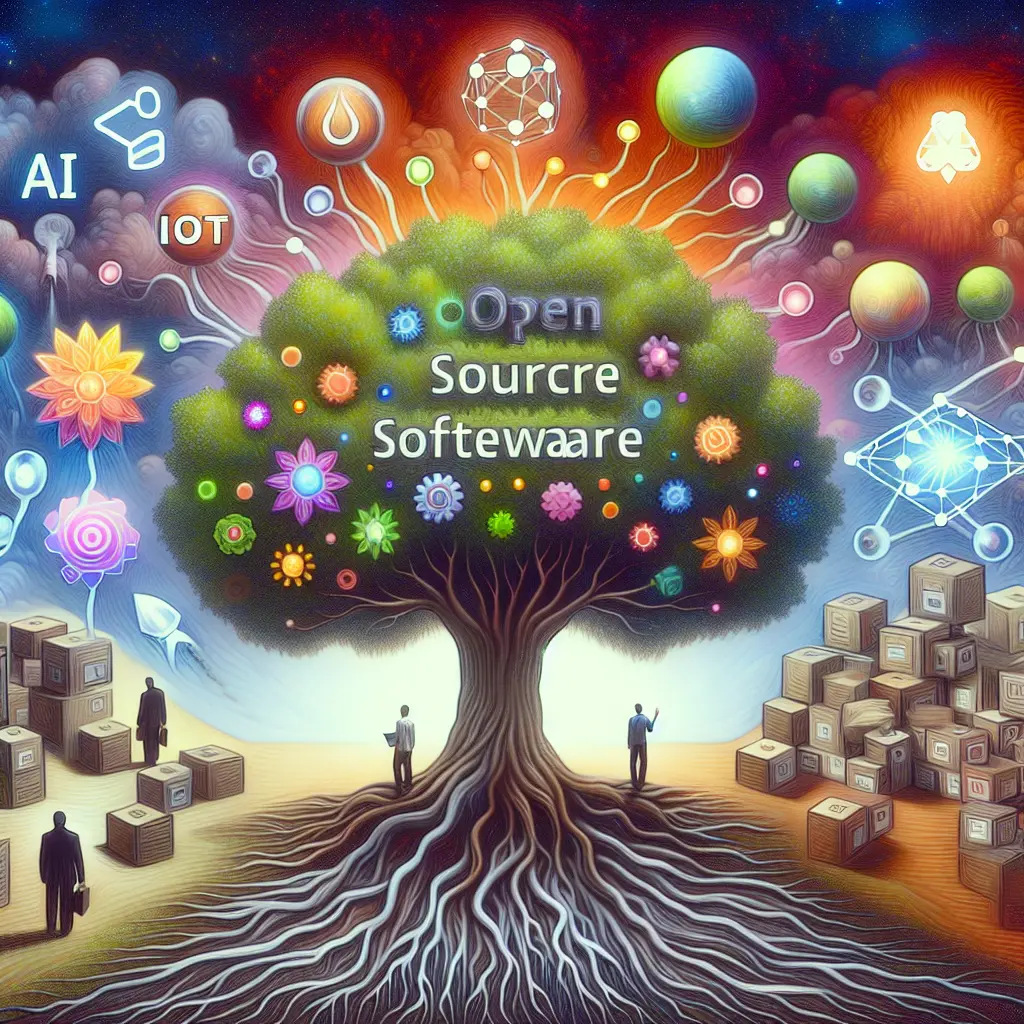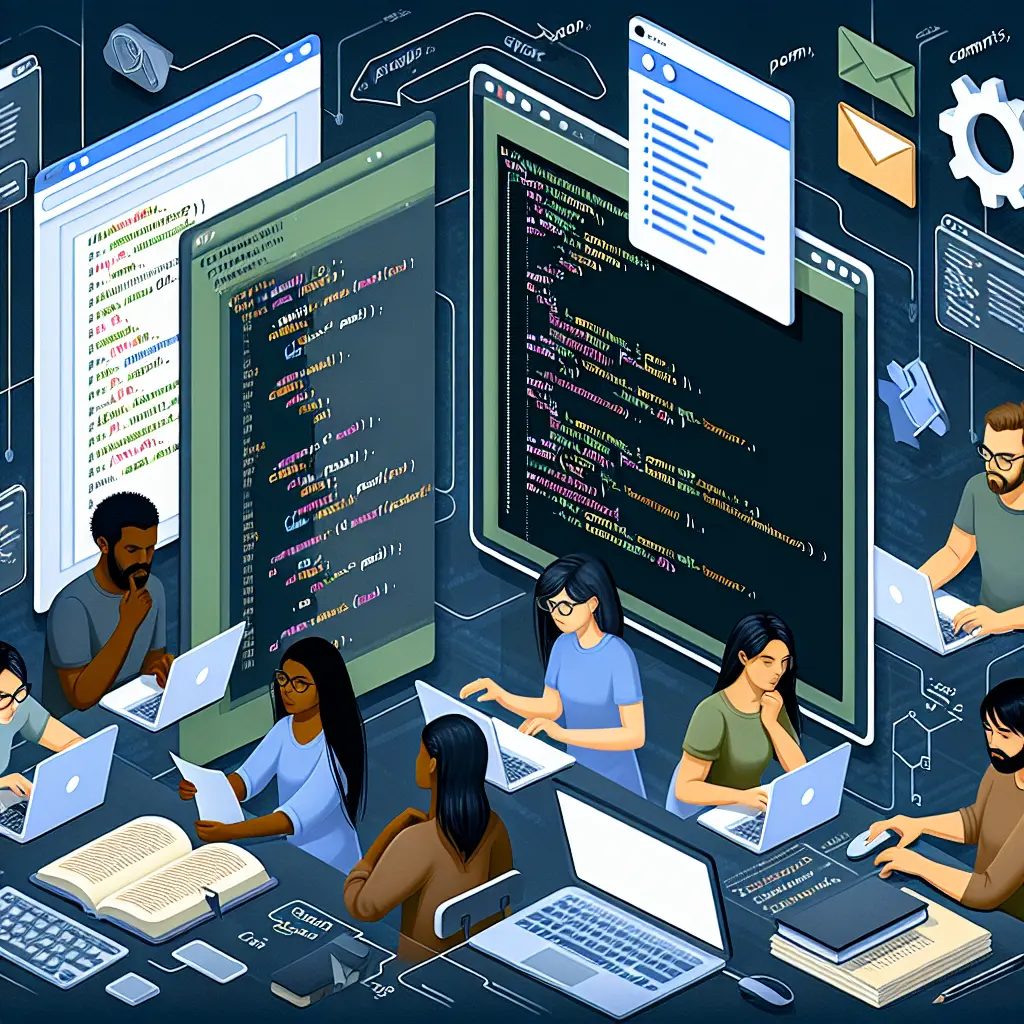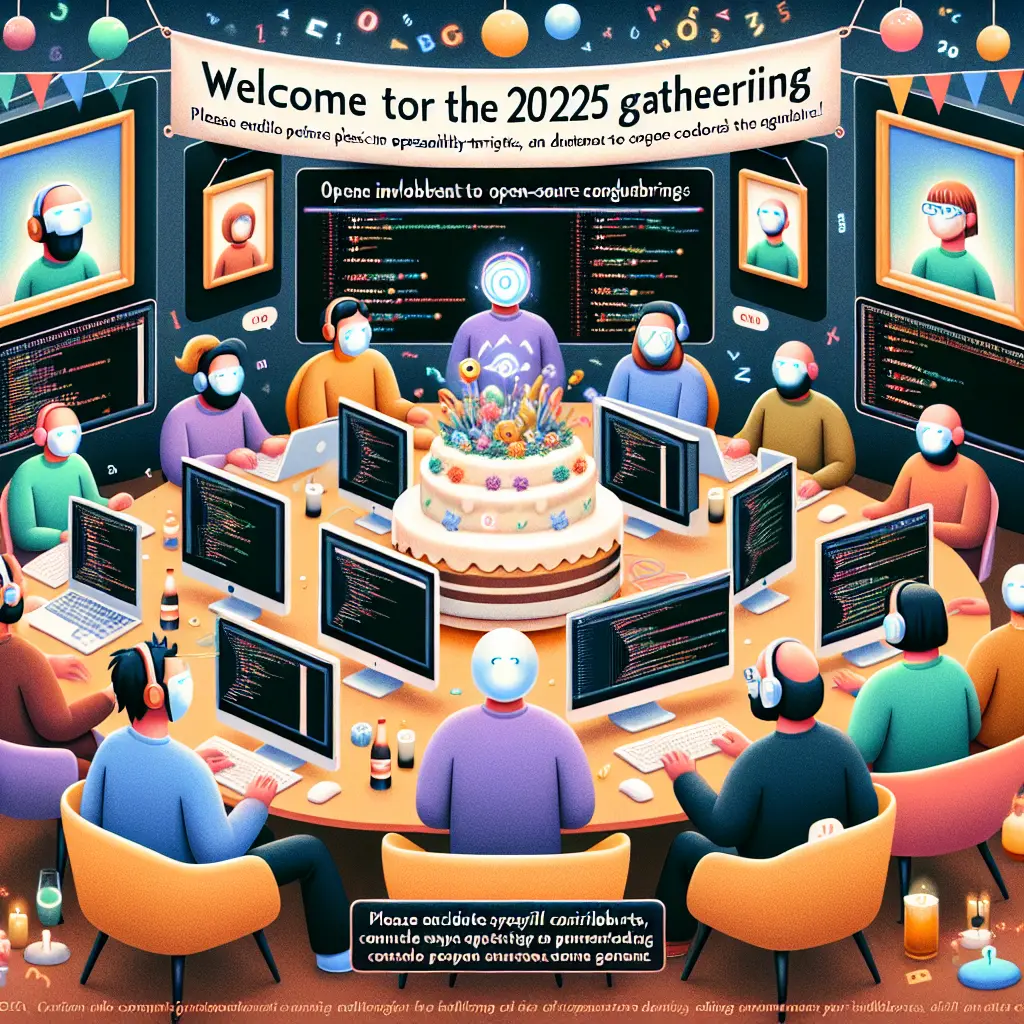The Impact of Open Source Software on Emerging Technologies
As technology evolves at an unprecedented pace, open source software plays a pivotal role in shaping the future of emerging technologies. Its collaborative and transparent nature fosters innovation across various fields, including artificial intelligence (AI), blockchain, the Internet of Things (IoT), and cloud computing. In this section, we explore the profound impact of open source software on these transformative technologies, integrating recent developments and addressing both the advantages and challenges it presents.
The Role of Open Source in Technological Advancements
Open source software has revolutionized how new technologies are developed and adopted across industries. By providing a platform for experimentation and shared knowledge, it accelerates the development of emerging technologies, making them more accessible and efficient. For instance, Activision's recent release of open source data for Call of Duty: Warzone's map Caldera exemplifies how open source facilitates collaboration and technical analysis among game developers and researchers. This initiative underscores the potential for open source innovation to drive advancements in gaming technology.
Open Source Hardware Certifications: A Step Towards Standardization
The introduction of Open Source Hardware Certifications is another testament to the growing influence of open source in tech. These certifications aim to standardize hardware development, ensuring compatibility and reliability across devices. This move not only enhances the credibility of open source hardware but also encourages its adoption in sectors like IoT, where hardware-software integration is crucial.
Open Source and AI: A Symbiotic Relationship
The integration of open source software with AI has been instrumental in advancing machine learning models and applications. Open source platforms like TensorFlow and PyTorch provide developers with the tools necessary to build sophisticated AI solutions. The collaborative nature of open source allows researchers worldwide to contribute to and improve upon existing models, fostering a community-centric approach to AI development.
However, this openness also introduces challenges. As cybersecurity researchers have noted, there is a "ghost" network on GitHub manipulating platforms and spreading ransomware. This highlights the need for robust security measures to protect open source projects from malicious activities.
Open Source and Blockchain: Enhancing Transparency and Trust
Blockchain technology has benefited immensely from open source development. Projects like Hyperledger and Ethereum leverage open source principles to create transparent and secure platforms for decentralized applications. The transparency inherent in open source aligns with blockchain's core values of trust and decentralization, furthering its adoption in finance, supply chain management, and beyond.
Navigating Open Source Challenges: Security and Funding
While the advantages of open source software are numerous, challenges such as security concerns and sustainable funding models cannot be overlooked. The Delayed Open Source Publication (DOSP) model addresses these issues by initially distributing software under proprietary licenses before transitioning to open source. This approach allows companies to secure funding while eventually contributing to the open source community.
Additionally, security remains a pressing issue. The rise of malware on platforms like GitHub demonstrates the need for vigilant monitoring and robust security protocols to protect open source projects from exploitation.
Open Source and IoT: Bridging Devices and Data
The IoT landscape is rapidly evolving, with open source software playing a crucial role in connecting devices and managing data. Projects like OpenHAB and Home Assistant exemplify how open source solutions can create seamless interactions between various IoT devices. The community-driven development ensures rapid prototyping and flexibility, allowing for tailored solutions that meet specific user needs.
The Open Source Future: Trends and Opportunities
Conclusion: Embracing the Open Source Revolution
In conclusion, the impact of open source software on emerging technologies is profound. From AI to blockchain, IoT to cloud computing, its influence is evident in the rapid adoption and development of cutting-edge solutions. While challenges like security concerns persist, the benefits—cost-effectiveness, flexibility, rapid prototyping—are unparalleled.
As we navigate the open source trends of 2024, it becomes clear that its role in tech will only grow more significant. By fostering a community-centric approach and encouraging collaboration, open source continues to redefine the boundaries of what's possible in today's tech world. For those eager to contribute or leverage these innovations, the opportunities are boundless. Whether you're a seasoned professional or a tech enthusiast, now is the time to engage with open source initiatives shaping our technological future.
For more insights into how open source is influencing technology today, consider exploring articles on Makezine or Wired, which provide up-to-date news and analysis on these topics.









Leave a Comment